
In this page, you will find informations and advices we can give, based on our experience
Prepare your roadtrip in the United States
Why organize your roadtrip alone?
 Often, travel agencies organize "Tours" by bus with 30-40 people. You stay only 2 hours on a site and then get back on the bus to continue the journey. You will do everything in a hurry and will not enjoy the natural sites.
Often, travel agencies organize "Tours" by bus with 30-40 people. You stay only 2 hours on a site and then get back on the bus to continue the journey. You will do everything in a hurry and will not enjoy the natural sites.
Organizing your own roadtrip has the advantage of choosing the cities, parks you want to visit, taking the time you need to go on a hike and also adjust your circuit according to the weather. It's the freedom and also the satisfaction of having realized your project alone and that correpond to you. Because preparing a roadtrip, it is already traveling a little. And you will dream before you even set foot on the American continent.
However, if you do not have the time or the desire to start, you can use a travel agency but, in this case, opt for the "tailor made" formula: you indicate what you want to see, the duration and they will organize the circuit.
You will find below the different stages to organize your own roadtrip.
This one has to be prepared at least 1 year in advance, knowing that the booking of airline tickets must be done at least 6 months before your departure.
To leave, you will need :
Do not hesitate to consult the website of the French Ministry of Foreign Affairs and especially advice to travelers : http://www.diplomatie.gouv.fr/fr/conseils-aux-voyageurs/conseils-par-pays/etats-unis/#derniere
Where and when going to the USA
Where ? It will be according to your tastes: the cities of the east coast or rather the large spaces of the West. If, like us, you are fans of wilderness, landscape ..., then choose West (Utah, Arizona, Nevada, New Mexico ...).
For a first trip in the Western United States, choose the big parks (Grand Canyon, Bryce, Zion, Arches, Monument Valley ...). It's a little "tourist" but at the same time, these are mythical places that should not be missed. Your next American roadtrip can be targeted more "off the beaten track". Because, yes, you will take taste for sure and you will want to return ... Believe us, we all end up catching the "roadtrip usa" virus !!
When ? If you can, avoid going to the American West in July and August. It is very hot (104 ° or 122 ° in the Death Valley), there are more people and prices are exploding. In August, you may also experience flash floods (sudden storm / fast flooding). The best times are May-June or September-October. Fall is ideal for a tour of the state of Colorado for the colors of the trees. Winter can be very nice to see the parks under the snow. But not necessarily for your first trip.
Make a sketch of the trip
First thing to know before you start: how many days of vacation do you have? 2 weeks, 3 or 4? You will not do the same circuit in 15 days as in a month.
The second question to ask is: "what do I want to see, visit, and do I want to hike? ...".
Obviously a 3rd question arises: what is my budget?
Start by noting the cities and parks that appeal to you the most. With some research on our website and a plan, roughly determine the time you want to spend at each location.
For example :
- Las Vegas: 2 days
- Grand Canyon: 1 day
- Bryce: 2 days ...
You can make your desires appear on a map. From there, a route will come out and give you an idea of the starting point. For Western National Parks, it's best to loop from Las Vegas or possibly Salt Lake City.
Then make a first planning roll, eg:
Day 1 : Flight Paris -> Las Vegas
Day 2 : Las Vegas -> Grand Canyon. Visit of the park. Sunset. Night in Tusayan.
Day 3 : Grand Canyon -> Page. Antelope Tours, Horseshoe ... Night in Page.
J4: Page -> ...
See if this one is workable, if everything "fits" in the number of days off that you have. You may be forced to make choices, adjust several times depending on the hikes you want to do (for example, for the south rim of the Grand Canyon which is 8 miles, if you want to see it entirely, it will take 3 to 4 hours with photo breaks), maybe dead ends.
Also calculate the journey times. The roads are long in the USA! Use google map / route for calculations and add a margin. If you are going to Yellowstone, check the condition of the roads. There may be roads closed due to snow in May or early June.
Be careful not to overload your days so you do not have to run.
Book your flight
It's time to book your flight.
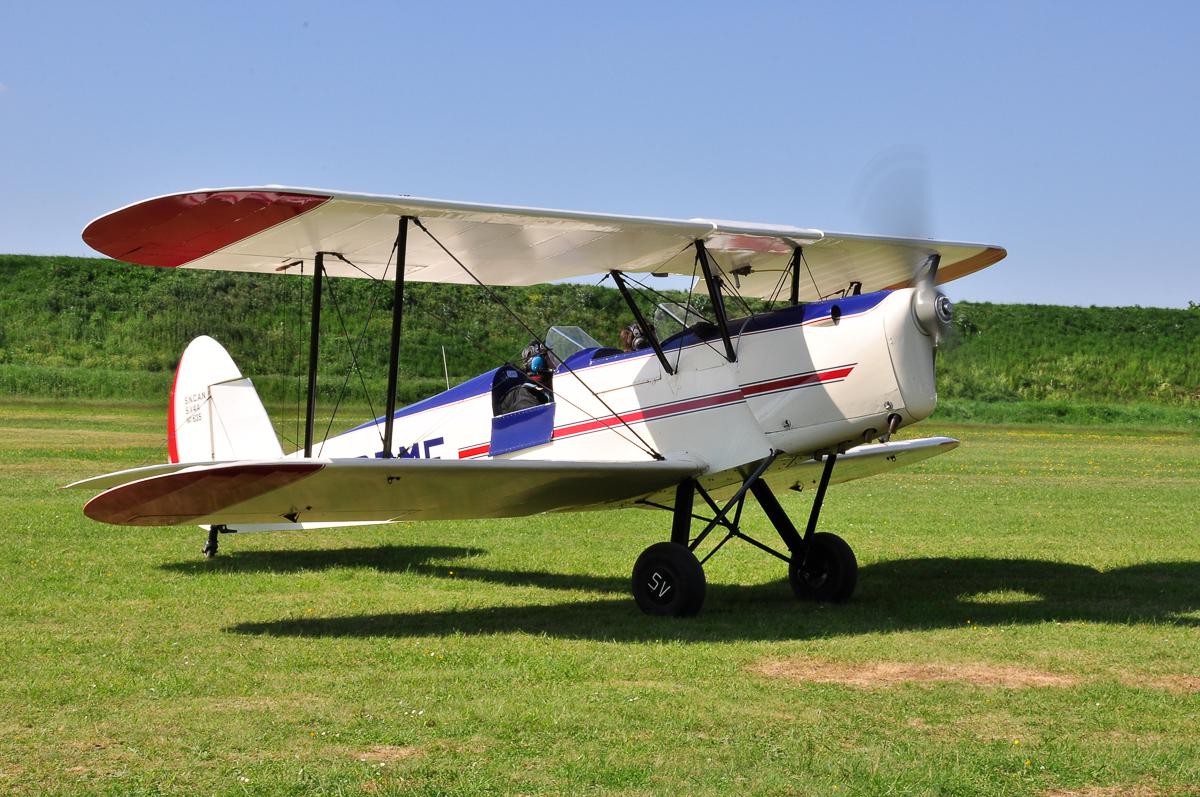
Booking early (about 6 months in advance), you will have the best chance of finding good rates.
For internet enthusiasts, you will easily find sales sites for flights or directly on airline sites.
We always go through the travel agency of our village who may have negotiated rates with some airlines or be aware of promo days. Think about it ... Do not stop at the first rate found, unless it is very good. For example, a very good rate for Las Vegas, from Paris, is around 500 € and the more classic rates are around 800 €.
An important thing when booking your tickets: if you make a stop in a city in the United States, take a minimum of 3 hours before your connecting flight. There may be a delay, a breakdown or a lot of people at customs who could make you miss your flight. We speak by experience!
Rent your car
Reservations are generally for a category and not for a particular model, such as large road, minivan, SUV, ...
If this is your first roadtrip and you tour the major national parks, you can book a simple sedan. Less expensive than a 4WD or SUV, a sedan also consumes less gasoline.
If you know in advance that you will be taking tracks, book a SUV. Be aware, however, that it is forbidden to ride on trails with rental vehicles of any kind! ...
You should know that if you arrive in city A and leave in city B, you will have vehicle abandonment fees that vary depending on the category of the vehicle. For a big 4WD, it can go up to 500 dollars! However, these fees do not apply between Nevada and California. It's good to know !
Several renters exist in the USA: Alamo, Avis, Hertz for the most famous ... It is possible to book online directly on the website of the renter or via comparators such as BSP Auto. It is advisable to book from France.
Prices obviously differ depending on the provider, the type of vehicle and the duration of the rental. On average, count € 900 for 3 weeks for a standard SUV.
.jpg?v=1d69889)
About insurance : In addition to the basic guarantees (third-party insurance), it is advisable to take the complementary insurance CDW (exemption of deductibles) and the additional civil liability (EP or LIS).
If you are several drivers, do not forget to take the "additional driver" option to take turns on the road. No need to take the GPS: this option is quite expensive. Better to buy one before departure if you wish. If it's a first trip and you're content with the classics of the West, a good paper card or a mobile phone is enough.
Be careful, at the counter, the renter will try to sell you additional insurance. If you have already paid the CDW and LIS, you do not need anything else. Only the 2nd driver option is payable locally. Sometimes, the renter lets you choose your car on the parking lot.
If you are a RV enthousiast, it is possible to rent. It is hardly more expensive, on average 1,200 € for 3 weeks. Be careful, you will not be able to access certain sites that require the borrowing of a track.
Validate the trip
This step helps to precise your course. Give a little more detail to your project, the hikes you have spotted. Do yourself a detailed schedule or a roadbook. However, avoid this:
Do not impose a schedule. After all, you are on vacation and you are here to enjoy the scenery. Indicate a point of departure and arrival for the night and the list of hikes, visits that you plan for the day. You will then see on the spot your desires of the moment. The weather can also make you change your plans.
If you are more "nature", prefer the picnic lunch in a park with a view, rather than being locked in a restaurant. You can always go there at night.
Do not hesitate to send us your trip plan in case of doubt about the feasibility of your tour (revesdailleurs@revesdailleurs.com).
Find your lodging
The question often arises: do I reserve or not? ?
When we relate our travels, in general, one of the first questions is "do you book your nights?" And when we say no, the question that comes immediately after is "but you still find a place to sleep?".
So to the question "Should we book in advance the nights of accommodation?", our answer would be no. Why ? for more freedom, to be able to adapt your circuit if it's bad weather, not to be forced to stay in a place if you want to go elsewhere ... However, this option is only possible if you go in te USA outside July and August. In June or September, you will always find a free place to sleep, camping or hotel. Beware, however, on weekend evenings in the cities, hotels can be full. In this case, it is better to book in advance.
But, if you want to feel safe, you can book all your nights in advance. Some hotels can be canceled up to 48 hours before, free of charge. Well inquire.
For those departing in July or August, we advise you to book in advance.
We only book the first night to be quiet when landing and not having to look for a room. And sometimes we also book the last night.
There are all kinds of accommodation in the United States :
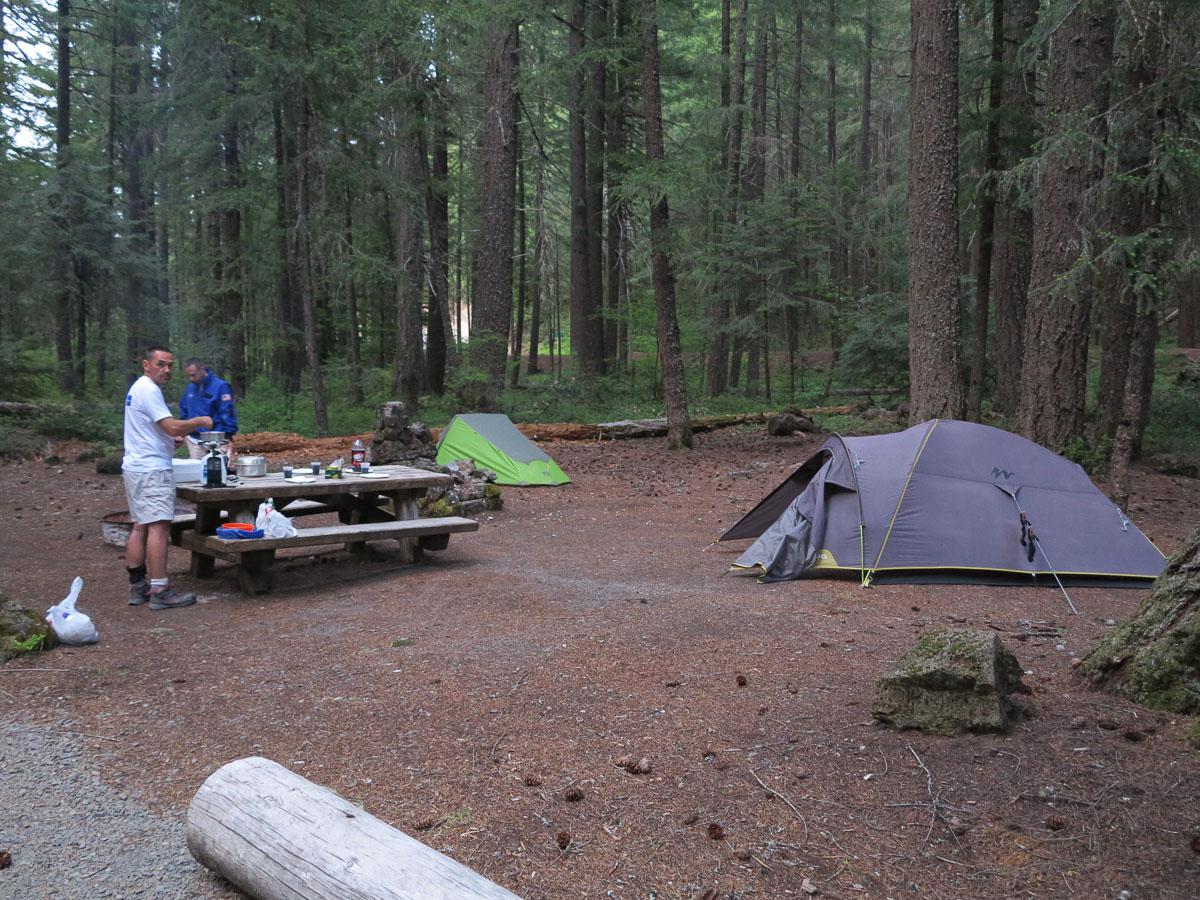 campgrounds : there are everywhere too. It's almost an institution: Americans are fans of it. That's the cheapest thing. You find campsites in national parks (between $ 10 and $ 25), in some state parks, in cities, and sometimes in the middle of nowhere. Generally, these are without shower but with dry toilets, table and barbecue, in the forest and quiet. Their rates are ridiculous, $ 5 to $ 20. There are also camping channels like the Koa Campground. More upscale so slightly more expensive, around $ 30, they are very well equipped. You can also rent cabins from $ 80 for the most basic to $ 120 for the best equipped. In all campsites, the pitches are very big, nothing to do with French campsites where we are sometimes on top of each other.
campgrounds : there are everywhere too. It's almost an institution: Americans are fans of it. That's the cheapest thing. You find campsites in national parks (between $ 10 and $ 25), in some state parks, in cities, and sometimes in the middle of nowhere. Generally, these are without shower but with dry toilets, table and barbecue, in the forest and quiet. Their rates are ridiculous, $ 5 to $ 20. There are also camping channels like the Koa Campground. More upscale so slightly more expensive, around $ 30, they are very well equipped. You can also rent cabins from $ 80 for the most basic to $ 120 for the best equipped. In all campsites, the pitches are very big, nothing to do with French campsites where we are sometimes on top of each other. During our travels, we try to focus on campsites and motels.
Take insurance for medical expenses
Despite our many trips to the United States, we never took insurance ... and we never needed it. Fortunately! Aside from the cancellation insurance that works with our visa card, we have nothing else.
However, in case of an accident, you should know that medical expenses are very expensive in the US as well as drugs.
You can inquire with your various insurers (home and civil liability, car, bank ...) to take an insurance for your trip.
Book your activities
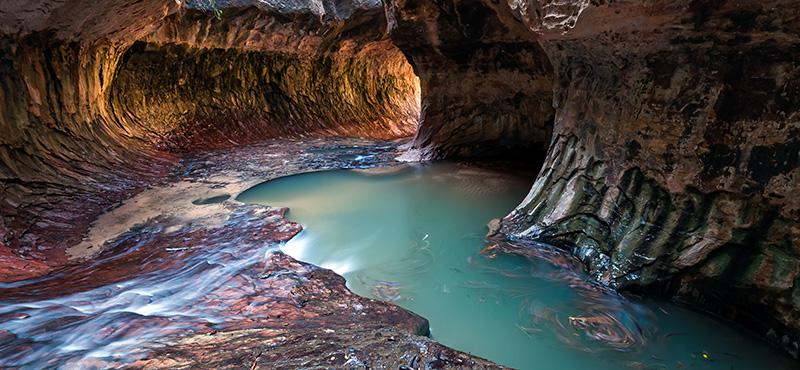 When your program is complete, it may be necessary to book some of your activities. For example, a helicopter tour over the Grand Canyon or Lake Powell, a visit to Alcatraz Prison or to watch a game, concert or show in Las Vegas.
When your program is complete, it may be necessary to book some of your activities. For example, a helicopter tour over the Grand Canyon or Lake Powell, a visit to Alcatraz Prison or to watch a game, concert or show in Las Vegas.
Some natural sites are accessible after a lottery for which you have to register several months in advance. We think especially of:
What to put in your luggage ?
For those who use backpacks instead of suitcases, nothing should be attached outside the bag (tent or sleeping bags), everything must fit inside.
Provide both light and warm clothing. The nights can be cool at high altitude: at Bryce Canyon, for example, we already had frost in the morning when we woke up, or snow in Yellowstone in June.
If you want to bring back memories and make room in suitcases, do as we do and go with some T-shirts, shorts ... "one way": "old" clothes that you will throw before leaving the USA.
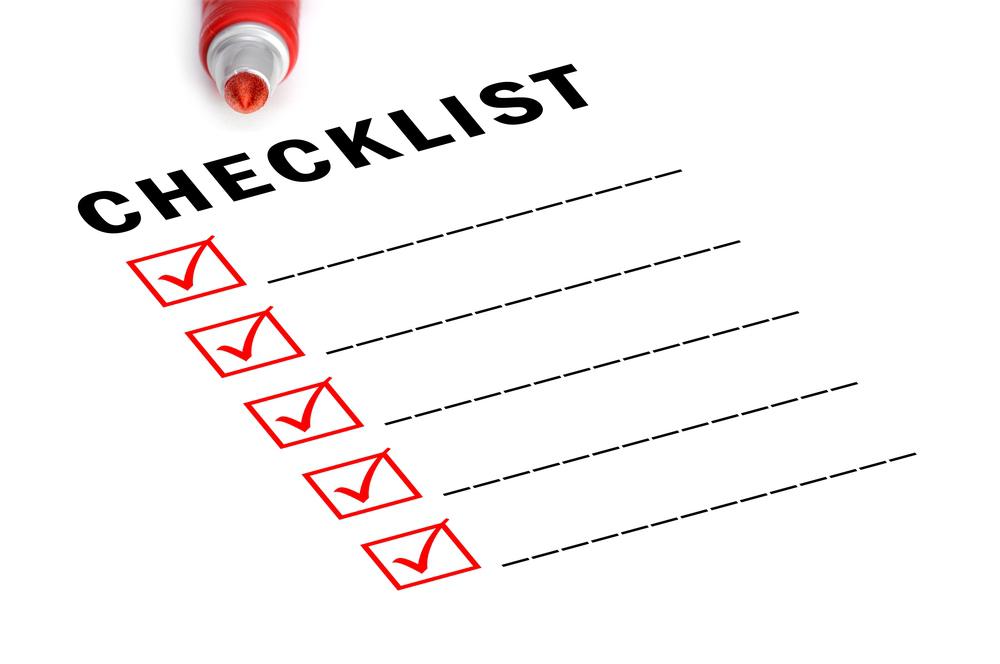 Click on the icon for the list of equipment to take on a trip (in french only).
Click on the icon for the list of equipment to take on a trip (in french only).
When bagging, if you go to 2 people, think about distributing your clothes in 2 bags so as to have spare parts if a bag was lost or arrived late. Similarly, plan to put a spare for each in the carry-on baggage.
When checking baggage, several questions may be asked (have you packed your bags, have they always been under your supervision, do you have weapons, knives ...)? Answer to these questions seriously without using the tone of the joke.
What to put in your camera bag ?
If, like us, the most important luggage is the photo bag, here is a "vital" minimum : 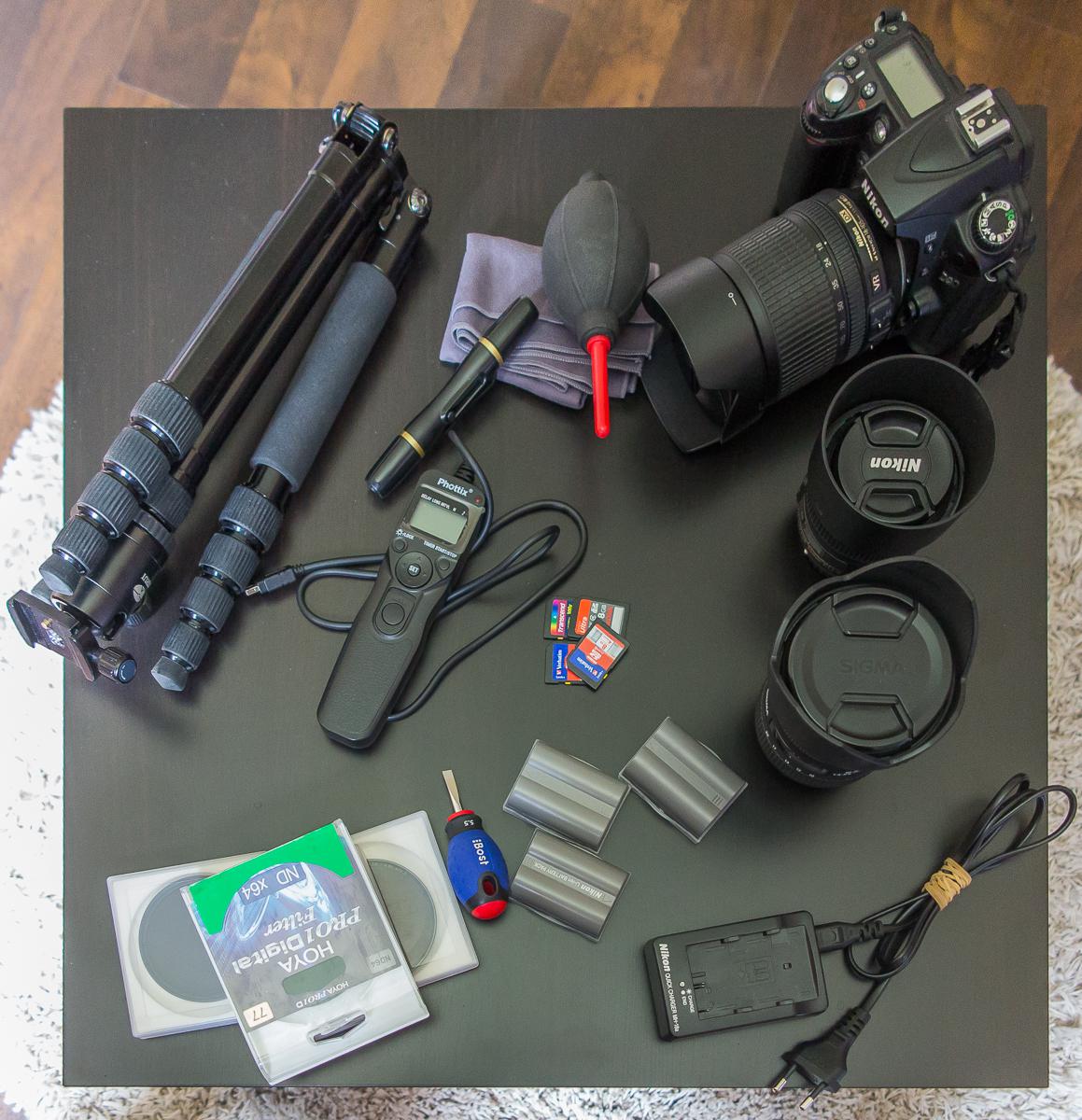
These equipment can als be useful :
Before departure
You have a stopover
Upon arrival on US soil, even if it is a stopover, you will have to pass the immigration and customs portals. The authorities will check your passport, scan your fingerprints and take a picture of you. They can ask you about the purpose of your stay, it is important to answer seriously and not to joke. Even if it's only a stopover, you'll have to pick up your luggage and take them on a new treadmill to load them into your next plane. And as you have recovered your luggage, you will have to go through security before boarding. You will also have to give to the customs a document which will have been distributed to you on the plane and which asks you for some information (passport ...) and especially if you bring foodstuffs to the USA.
Arrived ..at last !

Here are some information, bulk tips on driving in the United States, if it's your first time :
- it's very easy to drive in the USA
- the traffic lights are positioned after the junction. Stop before crossing.
- speed limits, expressed in miles / hour, vary by state. In general, these speed limits are very well indicated. We advise you to respect them.
- gas is not expensive ($ 2.40 for 1 gallon, or 3.8 liters in April 2017). The Gas Buddy website gives you the price in real time.
- a cooler. You will find ice cream everywhere in supermarkets, gas station. At your last campsite, before your return to France, offer it to other campers or Americans. They are generally happy with the gift. One day, some wanted to pay us, which we refused. 2 times, no way to find "takers". So we left it once near a dumpster, and not in, in case somebody ended up taking it, and the other time we left it in our last hotel room with a word for the maid.
- propane, matches, wood.
- plastic glasses and plates (not ver ecologist !) to avoir doing the washing up !
- bowl, sponge and washing up product as there will still be washing dishes!
- a box to store the food : useful to avoid the mess in the car! (to be given also at the end of the trip).
- a plastic tablecloth for the picnic tables, paper towels.
- Ziploc freezer bags to keep your papers dry or to put your lunch sandwiches.
- baby wipes, to clean you a bit if you do wild camping without a shower. You can also pick up the small hotel soaps and wash yourself with cold water!
A few useful links
National Park Service : https://www.nps.gov/index.htm
Bureau of Land Management : https://www.blm.gov/
French Ministry of Foreign Affairs : http://www.diplomatie.gouv.fr/fr/conseils-aux-voyageurs/conseils-par-pays/etats-unis/#derniere
ESTA : http://www.diplomatie.gouv.fr/fr/conseils-aux-voyageurs/conseils-par-pays/etats-unis/#entree
Copyright Magali and David BELLEC